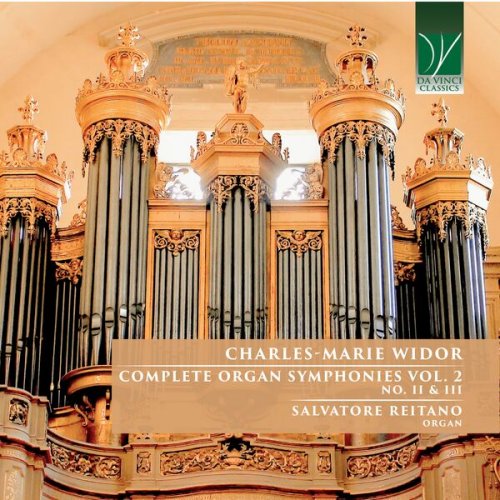Tracklist: VIDEO
The literature for the organ reached an absolute and undisputed zenith with Johann Sebastian Bach, arguably one of the greatest organists ever and recognized as such even by his enemies and critics. After him, however, that impressive flowering was followed by a moment of crisis, perhaps not coincidentally corresponding to the late Enlightenment years and the French Revolution, as well as with the ensuing turmoil and instability. An instrument so closely bound to the church and to its aural imagery was probably not the best suited musical resource for expressing the fierce anticlericalism of the French Revolution and the secular approach of the following centuries.
Again not by chance, the “organ renaissance” is due to a deeply Christian musician, Felix Mendelssohn Bartholdy, to whom also the so-called “Bach-Renaissance” is owed. Mendelssohn, a fine organ player himself, left important organ works and demonstrated the organ’s possibilities as a Romantic instrument, expressing the quintessentially Romantic longing for the infinite conceived as transcendence of sound and beauty.




